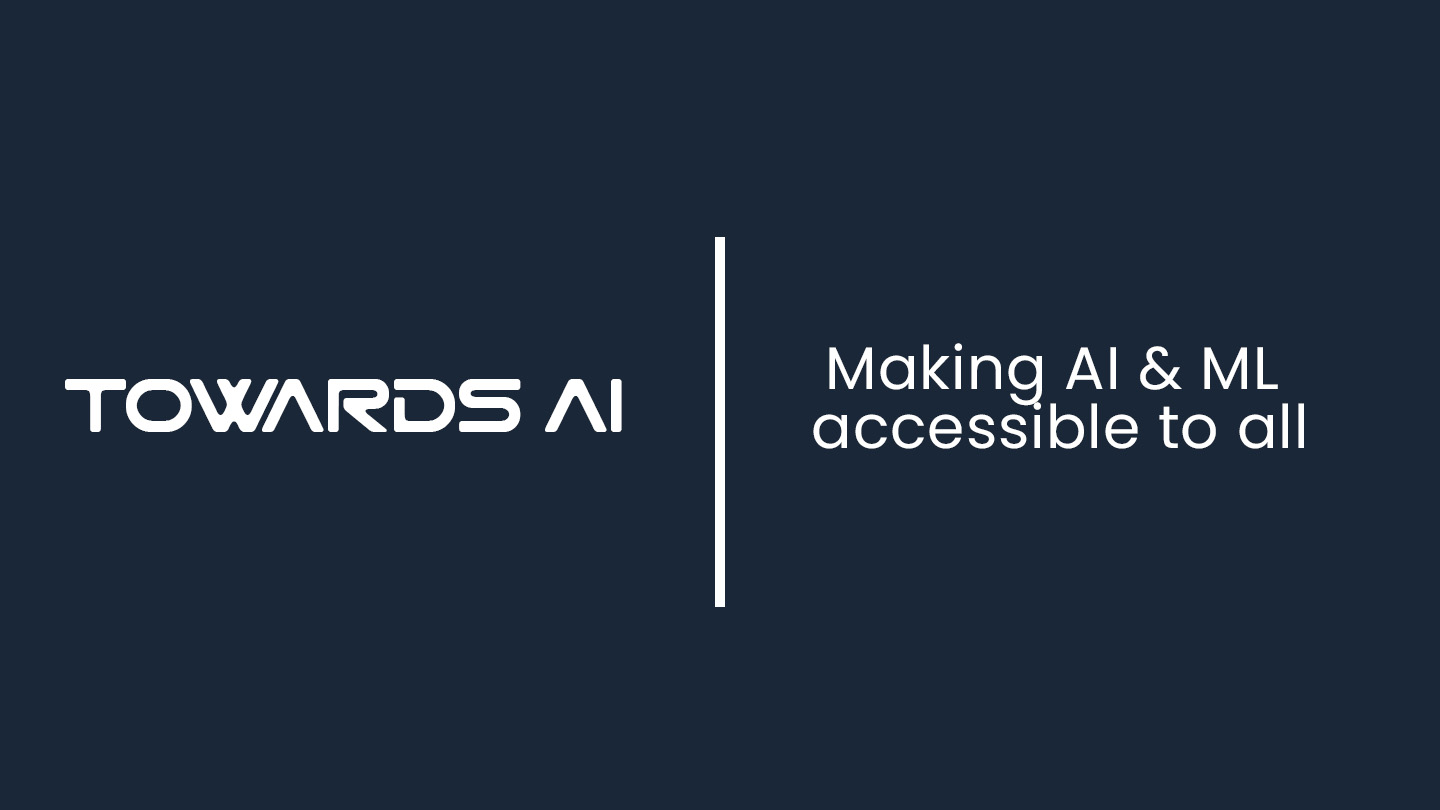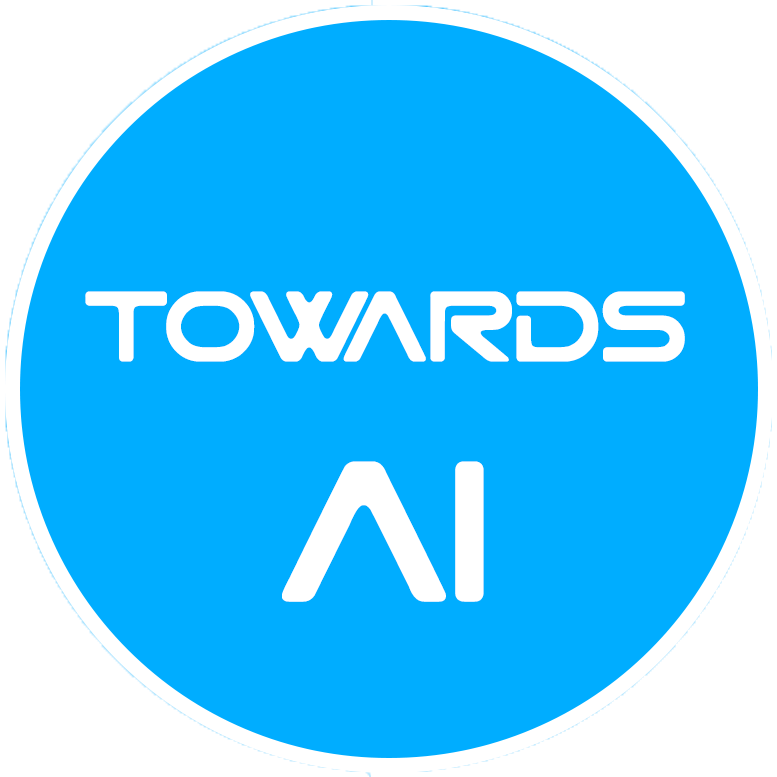Graph-Based NLP with LangGraph and Large Concept Models(LCMs): Sentiment Analysis and Beyond
Last Updated on August 29, 2025 by Editorial Team
Author(s): Samvardhan Singh
Originally published on Towards AI.
Learn how to build a LangGraph pipeline using Large Concept Models (LCMs), Graph Neural Networks (GNNs), and a hybrid symbolic-semantic approach.
In today’s data-driven world, enterprises are flooded with unstructured data like customer feedback, social media posts, internal reports, and more. Extracting meaningful insights from this data is crucial for making informed decisions, but traditional Natural Language Processing (NLP) methods often struggle to capture the full context and relationships within such complex datasets. This is where graph-based NLP, combined with Large Concept Models (LCMs) and frameworks like LangGraph come into play. By representing text as graphs and using LCMs, we can build context-aware, and interpretable NLP systems for enterprise use cases like sentiment analysis, entity extraction, and topic modeling.
Graph-based NLP using Large Concept Models (LCMs) and LangGraph enables enterprises to extract insights from unstructured data by combining semantic understanding with relational context. LCMs process entire ideas, which supports nuanced sentiment analysis. By creating graphs to model connections between feedback, these hybrid models blend symbolic and semantic approaches, enhancing interpretability and scalability to deliver actionable insights for informed business decisions.
Read the full blog for free on Medium.
Join thousands of data leaders on the AI newsletter. Join over 80,000 subscribers and keep up to date with the latest developments in AI. From research to projects and ideas. If you are building an AI startup, an AI-related product, or a service, we invite you to consider becoming a sponsor.
Published via Towards AI














